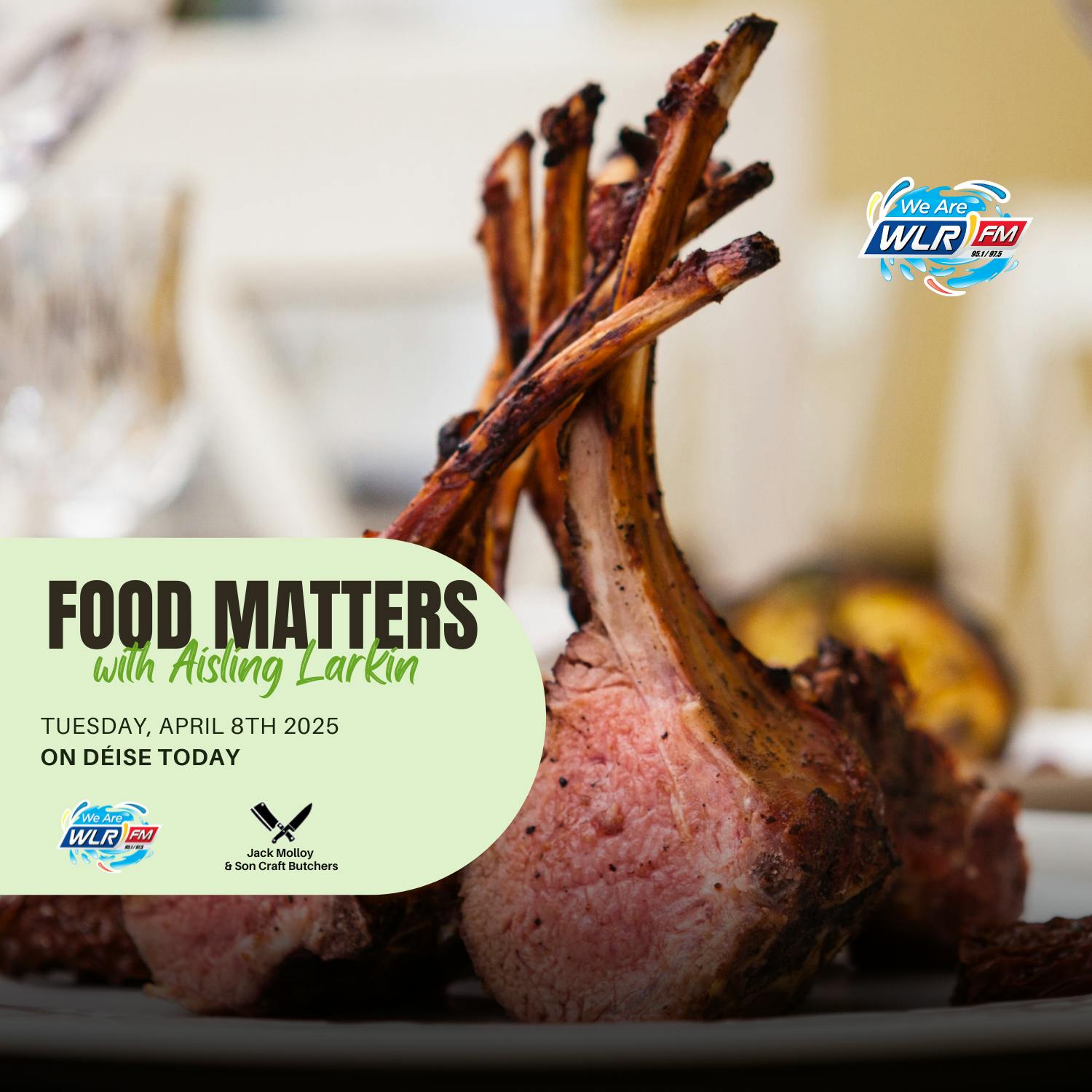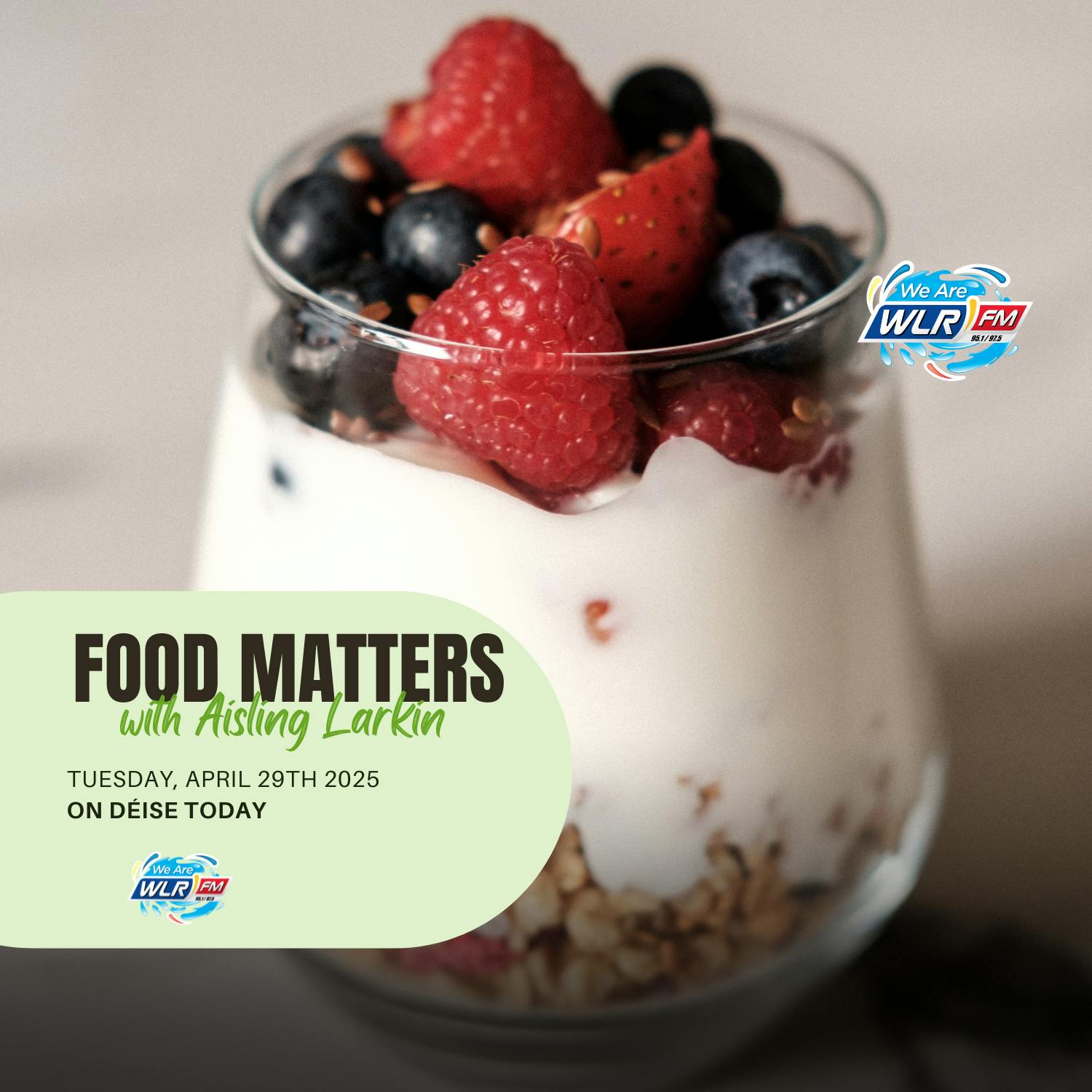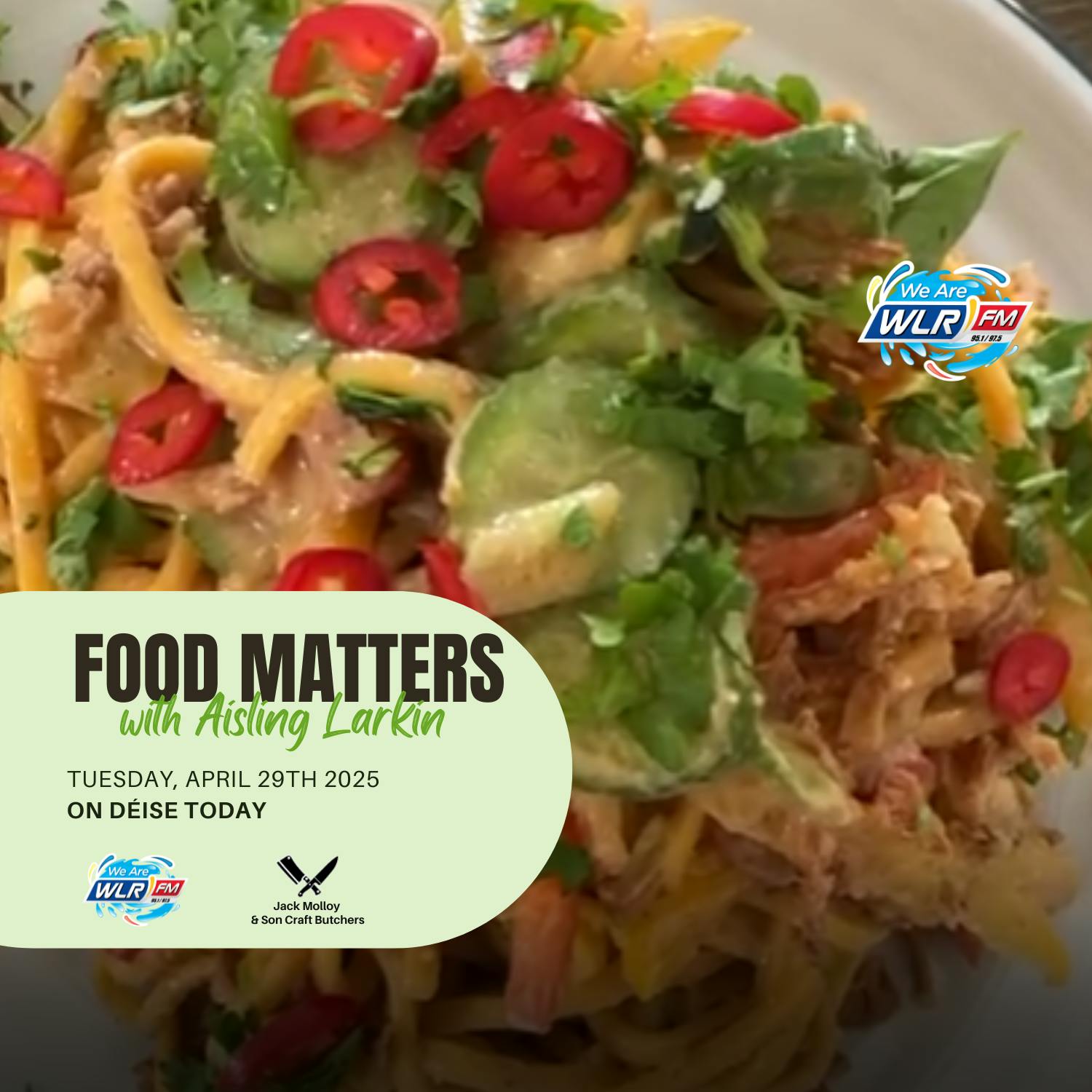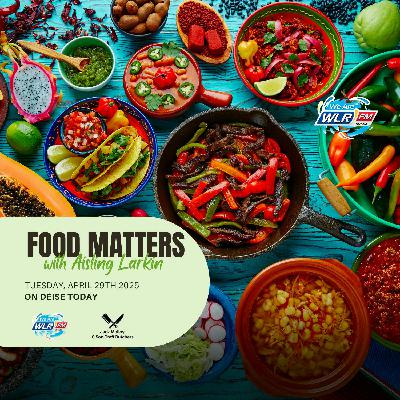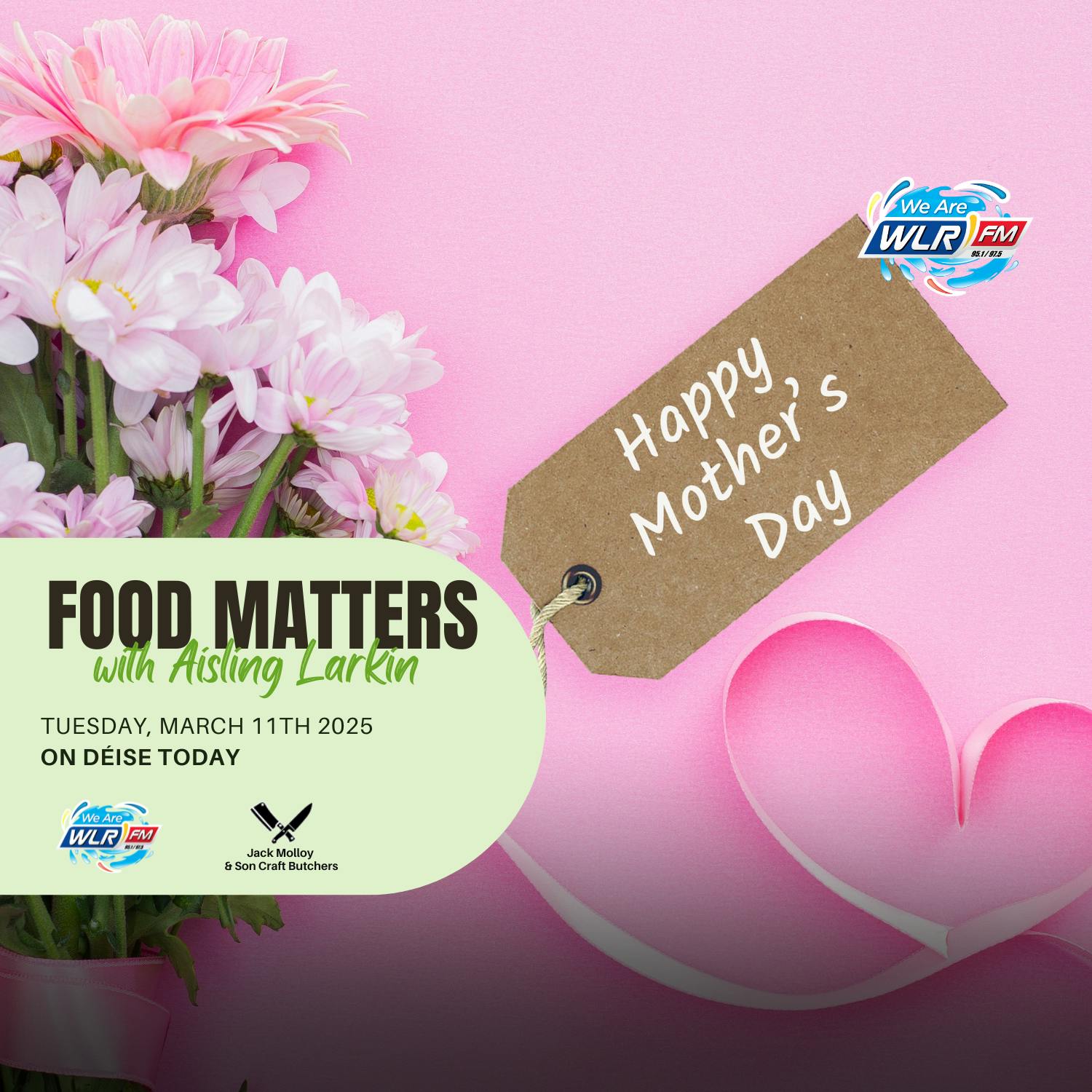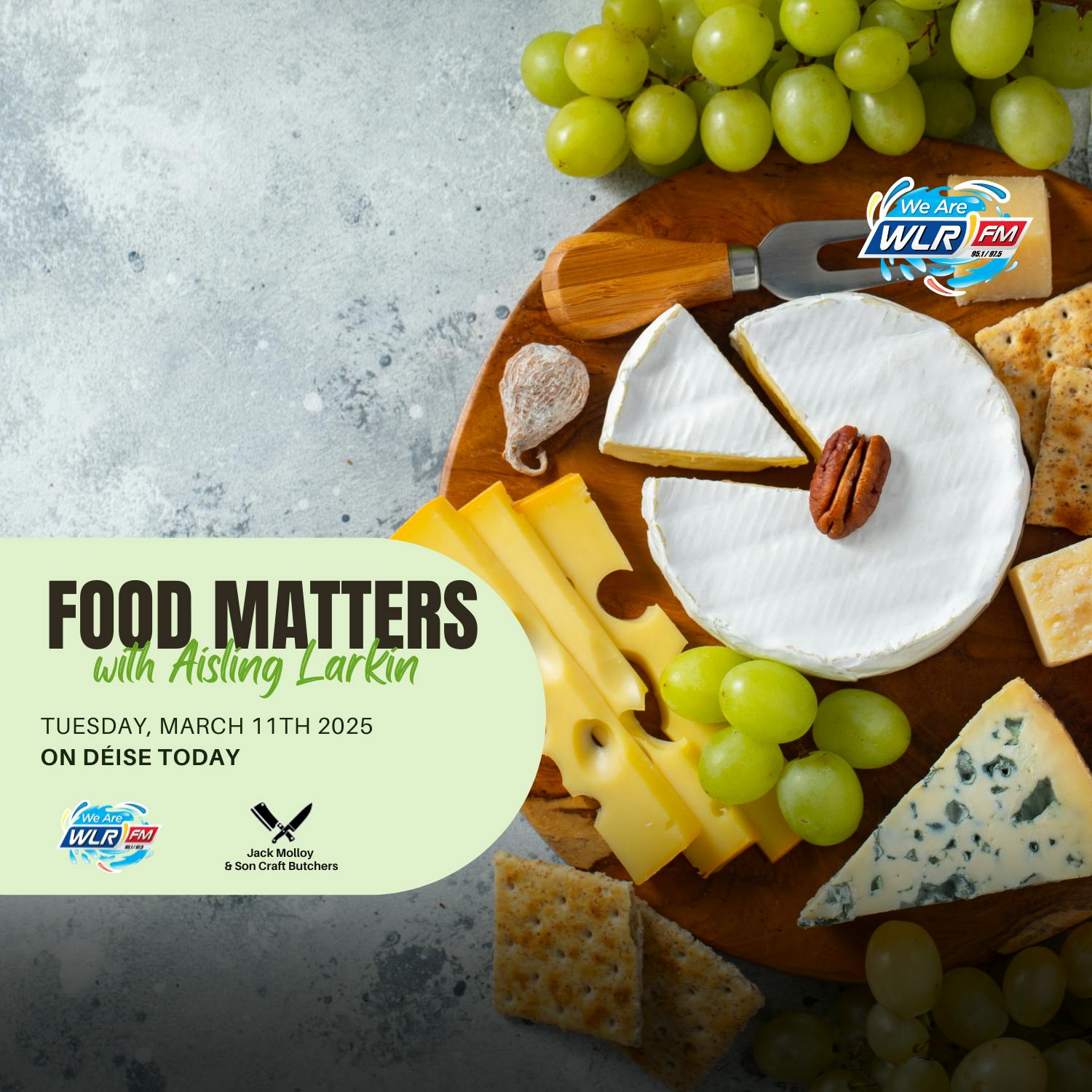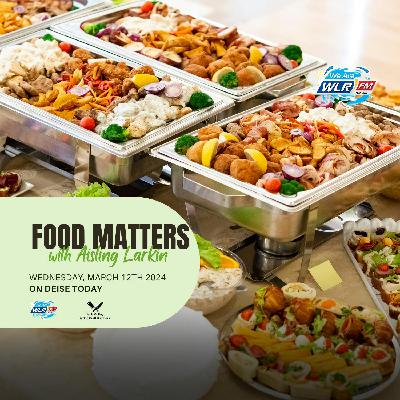Food Matters - Lamb
Description
In Episode 31 of Food Matters well-renowned Chef, TV Cook, and Food Media Broadcaster Aisling Larkin will give us examples of some recipes for Lamb dishes
Food Matters is brought to you thanks to Jack Molloy & Son Craft Butchers, Barrack Street, Waterford.
Recipes to Discuss
Lamb Massaman Curry
Creamy Tomato Lamb Ragu Pasta
Lamb Flatbreads with Creamy Yogurt
Seasonality and Religious Tradition
• The tradition of eating lamb at Easter comes from Judaism. For the Jews, Easter was a feast to celebrate the freedom from slavery.
• The Jewish tradition of eating lamb recalled the lamb blood used to mark the doorjambs of Jewish families that were prisoners in Egypt, and which protected the firstborns from the coming of the ‘exterminator lamb’.
• The Jewish Festival of Passover is traditionally a spring festival – and this is when the Passover Lamb is killed.
• For Christians, the lamb is more a representation of Jesus sacrificing himself and dying on the cross – Jesus being “the lamb of God”. It’s most likely that Christians eat lamb at Easter to remember this sacrifice.
• The association of Jesus as "the lamb of God" also may have helped tie the consumption of this meat to Easter. Furthermore, lamb's availability as an accessible meat after winter months with no livestock to slaughter would also encourage our ancestors to serve up a few lamb legs to celebrate.
Nutritional Value
Very similar to beef
What we want to be watching out for - from an over-analysed perspective that is regardless to most - grass fed lamb v grain-fed lamb.
• Similar protein as beef and fat content
• The iron is haem iron - haem and non haem - haem great to circulate blood around the body.
• Full of B vitamins, 100g of lamb can provide around three quarters of your daily requirements. These clever vitamins (B12, niacin, pyridoxine, riboflavin and panthothenic acid) are like a superhero squad which help your body run smoothly. Some B vitamins help with energy levels and some help with skin, brain, blood and eye health, so there’s something for nearly every body department
• It's high in zinc Zinc, a nutrient found throughout your body, helps your immune system and metabolism function. Zinc is also important to wound healing and your sense of taste and smell.
Fatty / Gamey Flavour
Lamb comes from sheep under 14 months old, while meat from older animals is called mutton.
The younger the lamb, the more tender the meat.
• Why? The tenderness of cooked lamb is directly related to the number of chemical cross-links holding the collagen proteins together.
• The number of cross-links increases with the age of the animal, and as the number increases, the process of breaking down the collagen to soluble gelatin becomes more difficult, requiring longer cooking times or higher temperature.
• Lamb's unique flavour comes, for the most part, from its fat.
• Beef and lamb each contain both saturated and unsaturated fatty acids. But lamb also has smaller, branched-chain fatty acids, produced by bacteria in their rumen.
• These medium-length branched-chain fatty acids make up a small percentage of the total fat, but because they are fairly volatile and have a very low odour threshold, humans can detect them at low concentrations. They give lamb its particular "gamy" flavour.
This is in part because lamb has a strong and distinctive flavour. It's a flavour that comes mainly from its fat—in particular, branched-chain fatty acids (BCFAs) produced by bacteria in the lamb's rumen. (Research published in the journal Meat Science in 1997 proved that these BCFAs, which are found in a far higher concentration in lamb meat than any other meat, are responsible for this characteristic “gamy” flavuor.)
The concentration and resulting pungency of these BCFAs depend in part on the breed of lamb, but mainly on the lambs' diet. Lambs raised on a diet of grass tend to have a more intense flavour than those raised on a diet of grain. The grassy, gamy flavors, known as “pastoral flavors,” that occur in pasture-finished lamb come from an increased amount of compounds called indoles, primarily one called skatole, found in the fat tissues. The amount of BCFAs and indoles increases with age.
This flavour change is largely due to chemistry: pasture-fed on mixed grasses is different to lamb who begins their diet of grass but finishes with grain. The switch to grain has a direct impact on the composition of the animal's fat, reducing the concentration of the BCFAs, and ultimately leading to sweeter-tasting meat.
n addition to choosing lamb that's grass-fed or grain-fed, you can control how gamy or mild lamb tastes by choosing the right cut. Cuts from the shank, shoulder (including roasts, chops, and stew meat), and leg (bone-in or boneless leg of lamb) have more fat and thus a more intensely lamby flavour, while cuts like rack of lamb, rib chops, and loin chops have less fat and taste sweeter.
COOKING LAMB
Roast Lamb or Braise Lamb
Aromatics - bay, onion, garlic
Stock and wine
Sear
Stud
Cover with foil
Low and slow - 140oC.
Rest
Reduce to make a jus / gravy
WHY ITS OK TO EAT PINK LAMB
When it comes to gamey perfection, don’t overcook the meat. Instead, think pink
• For a time there was a fashion among the supposedly sophisticated to go to the opposite extreme and serve roast lamb bleeding rare. I’m not advocating for that either. For me, leg of lamb served rare is unpleasantly stringy. I find myself wanting to pick at my teeth while eating it.
• But there is a happy medium that can be found at about 60 degrees internal temperature (you do use a meat thermometer when roasting, don’t you?). The lamb cooked to this temperature is pink, not red, but it is still juicy and the texture is firm, almost buttery.
• The muscles in a lamb’s leg get a lot more work and build up quite a bit of tendon and tough connective tissue. These need to be cooked to a higher temperature, but then they will soften and melt and will actually moisten the meat and make it seem more tender. Lamb chops can be served rarer since they come from the loin.
• Start the roasting at a relatively low temperature (about 160 degrees) to ensure an even doneness, then crank the oven up to 220 or so for the last 20-30 minutes to get a nice brown crust.
• Spring lamb is very tender with a fairly mild flavour. This is one roast I wouldn’t be afraid to serve rarer than usual. As the season progresses and the animal matures, the flavour becomes more pronounced.
Flavours
Ok when I am cooking Lamb I am thinking Greek, Middle Eastern, Indian, and classic French ( red wine, garlic, rosemary )
Spices that Pair Well
Middle Eastern Earthy not overly spicy ones
Cumin
Coriander
Smoked Paprika
Onion
Garlic
Curry
ras el hanout
Oregano
Mint
Coriander
• Harissa pastes with lemon zest or juice is the perfect condiment for lamb dishes.
Whether you rub, sear, grill, or roast your lamb chops or roast in the oven, this North African specialty will surely take your meal to the next level. The combination of herbs, spices, and chilis can bring a depth of flavor that is rarely matched by other sauces or seasonings. With an unforgettable taste that adds a unique twist to any type of dish, it’s no wonder why harissa paste with lemon zest or juice is such a must-have for all lamb eaters!
• Greek seasoning is a wonderful way to add complexity and depth to lamb dishes.
The quintessential Mediterranean blend of oregano, garlic, onion, dill, parsley, marjoram, and thyme can be used in either a dry or wet form. Sprinkle it onto lamb chops before grilling or roasting for an extra burst of flavor; use it as an aromatic rub on lamb legs or shoulders which will permeate the meat while cooking; mix it into a marinade to give lamb kebabs a unique character. No matter how you choose to use it, classic Greek seasoning blends are sure to take your lamb recipes to the next level.
• Shawarma Middle Eastern seasoning is an incredibly flavorful and unique blend of spices that makes lamb dishes irresistible.
This combination of cinnamon, nutmeg, clove, allspice, and cayenne pairs perfectly with lamb kofta, which comes as no surprise considering its children’s favorite lamb dish! Not only does it enhance lamb kofta but when added to lamb ribs, steaks, and roasts it elevates the flavor

